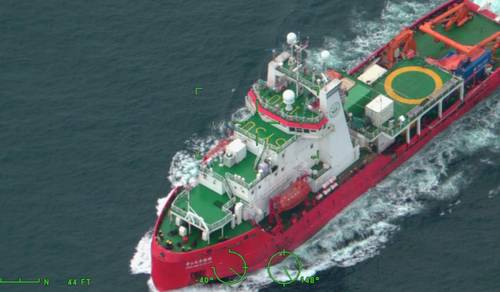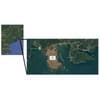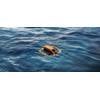Coast Guard Responds to Increased Chinese Research Vessel Activity in Arctic
The U.S. Coast Guard has detected two Chinese research vessels operating in the U.S. Arctic and is currently monitoring five similar vessels in or near the U.S Arctic.
On August 5, a C-130J Hercules fixed wing aircraft from Air Station Kodiak responded to the Chinese research vessels Ji Di and the Zhong Shan Da Xue Ji Di. Both vessels were transiting northeast in the Bering Sea.
On August 6, the crew of U.S. Coast Guard Cutter Waesche (WMSL 751) again responded to the Zhong Shan Da Xue Ji Di as it was transiting north in the Chukchi Sea above the Arctic Circle, after passing through the Bering Strait.
The C-130 and USCGC Waesche were patrolling under Operation Frontier Sentinel, an operation that responds to adversaries operating in and around Alaskan and U.S. Arctic waters. The U.S. Coast Guard’s responses are intended to counter malign activities, defend sovereign interests and promote maritime conduct consistent with international law and norms.
In July, Coast Guard Arctic District deployed a C-130J Hercules fixed wing aircraft from Air Station Kodiak to query the Xue Long 2, another Chinese research vessel, approximately 290 NM north of Utqiagvik, Alaska.
The presence of these vessels is consistent with a three-year trend of increased activity from Chinese research vessels operating in the U.S. Arctic.
Last year, three Chinese research vessels conducted research operations north of the Bering Strait.
The Coast Guard is America’s only surface presence in the Arctic — a growing zone of strategic global competition.
On Sunday, the Coast Guard commissioned the Coast Guard Cutter Storis, the newest icebreaker in the fleet, at a ceremony in Juneau.














 December 2025
December 2025



